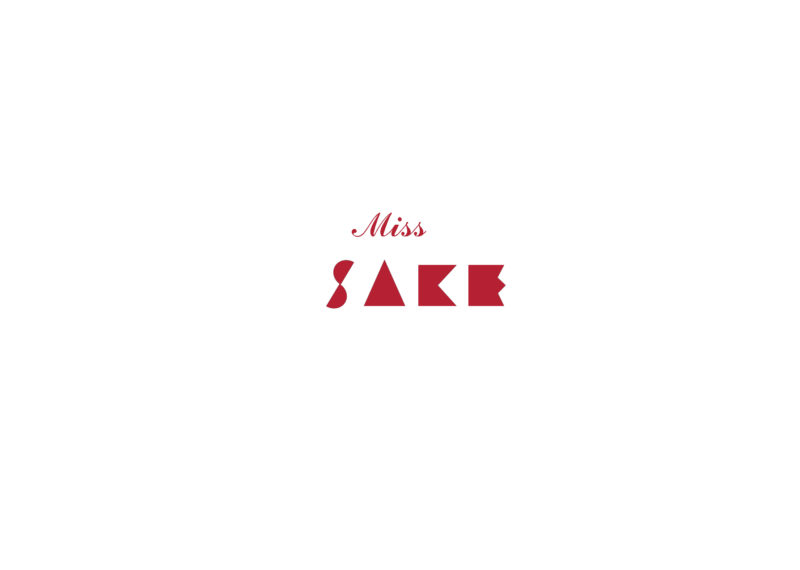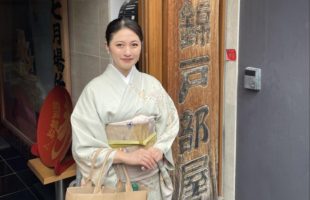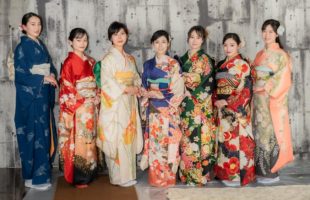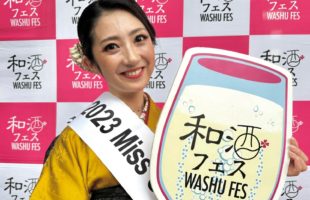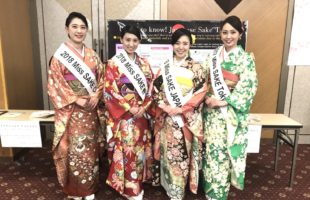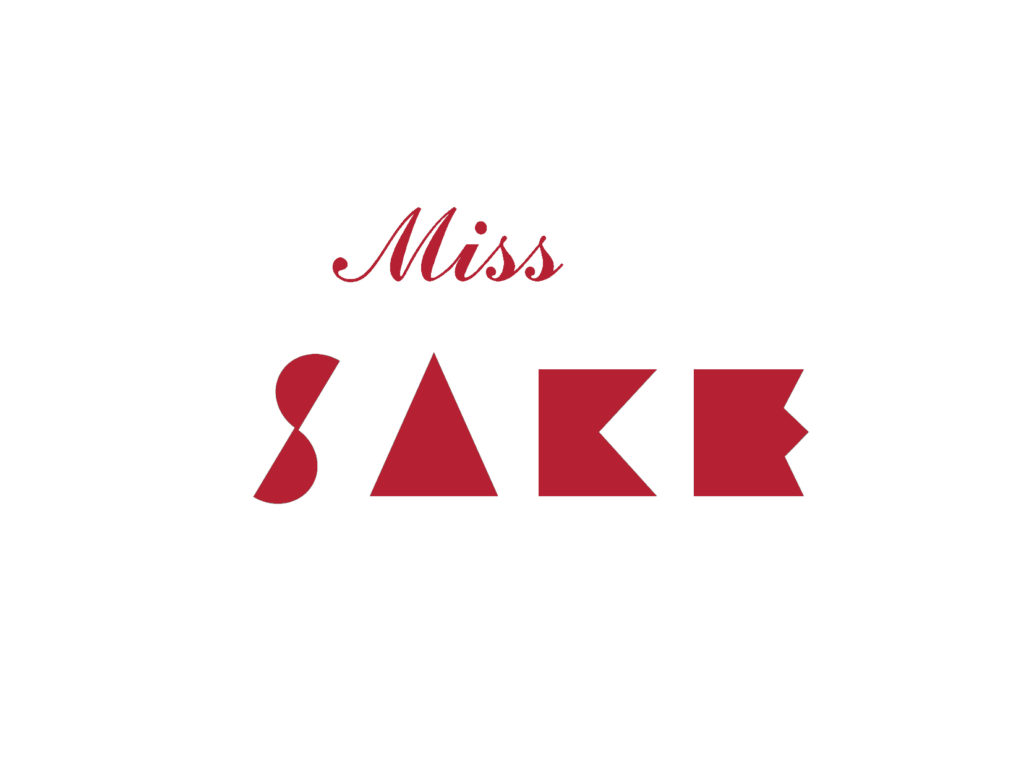今回のテーマは、『日本酒の分類』。
日本には全国47都道府県すべてに酒蔵があり、酒の銘柄は2万種類以上もございます。一言で日本酒といってもその味わいは千差万別。日本酒は精米歩合と原料で分類される「特定名称酒」と、その他の「普通酒」に分類されます。日本酒は精米歩合や原料の組み合わせによって全く異なる味わいを醸し出します。今回はその日本酒の分類の仕方と、それぞれの味わいについて英語で述べる練習をさせて頂きました。
以下に、本日学んだ日本酒の分類の日英対訳を記述させて頂きます。
英会話レッスンテーマ『日本酒の分類 (Classification of Japanese SAKE)』日英対訳
Unit 4. 日本酒の分類
日本酒はまず、大きく分けると2種類に分けられます。純米系または、醸造アルコールが加えられたものです。
純米系のお酒の原料は、米、水、酵母、麹のみで、このタイプのお酒には醸造アルコールを使用しません。そして細かく3種類のお酒に分けることができます。純米大吟醸、純米吟醸、純米酒です。これらの名前の違いは精米後に残った米粒の比率、つまり精米歩合の違いに由来しています。純米大吟醸は精米歩合50%以下(50%以上精米された酒米)、純米吟醸は精米歩合60%以下(40%以上精米された酒米)、純米酒には精米歩合の規定はありません。
醸造アルコールが加えられたタイプのお酒は、純米系のお酒の原料に醸造アルコールが添加されて造られています。このタイプのお酒には、大吟醸、吟醸、本醸造、普通酒といった種類があります。これらのお酒の種類を分けるポイントは、純米系と同じく精米歩合です。大吟醸は精米歩合50%以下、吟醸は精米歩合60%以下、本醸造は精米歩合70%以下、そして普通酒は精米歩合の規定はありません。
純米系のお酒は固有の香りがあり、お米の豊かな味わいを楽しむことができます。一方、醸造アルコールが使用されているタイプは、よりスッキリとした軽やかな味わいです。
お米が精米されるほど、よりスッキリとした味わいのお酒になります。それは、精米することでお米の表面に含まれている雑味の原因となるタンパク質や脂質を取り除くことができるからです。
日本酒を初めて飲まれる方や女性の方には大吟醸酒をお勧めします。大吟醸酒はフルーティで華やかな香りでフレッシュな味わいなので、カクテルが好きな女性や、日本酒をあまり飲んだことがない方でも飲みやすい味わいとなっているからです。また、シャンパンのようなスパークリングタイプの日本酒も登場し、日本酒を飲んだことがない方でも日本酒への第一歩を踏み出しやすい味わいになっています。
【英訳】Unit 4. Classification of Japanese SAKE
Japanese sake is largely classified into two styles: pure rice style and alcohol-added style.
Pure rice style sake is made from only rice, water, yeast and Koji. Brewers do not use distilled alcohol for this style sake. In pure rice styles, there are three kinds of sake: Junmai-Daiginjo, Junmai-Ginjo and Junmai. these name differences come from the percentage of rice grain remaining after milling. Junmai-Daiginjo is made from brewing rice which is 50% more polished. Junmai-Ginjo is made from brewing rice which is 40% more polished. Juneau does not have a minimum rice polishing requirement.
Ingredients for alcohol-added style sake are the same as pure rice style but distilled alcohol. In this style, there are Daiginjo, Ginjo, Honjozo and Futsu-shu. The point for distinguishing these kinds of sake are just the same as pure rice style. It depends on the percentage of remaining rice grain after milling. Daiginjo is made with brewing rice polished 50% more, Ginjo is made of brewing rice polished 40% more, Honjozo is made of brewing rice polished 30% more, and Futsu-shu does not have a minimum rice polishing requirement.
Pure rice style has a unique characteristic flavor and you can enjoy the rich taste of rice. On the other hand, alcohol-added style has more clear taste and light flavor.
The more rice is polished, the clearer the taste of sake. It is because polishing the surface of rice grain removes protein and lipid that cause unfavorable taste.
I recommend Daiginjo for women and beginners because it has fruity aroma and fresh taste. These days, there are some kinds of Daiginjo-sparkling sake, and they taste like champagne. So, I think these kinds of sake will make people take their first step toward Japanese sake.
繊細な日本語表現を英語で伝えるには?
今回のレッスンでの一番の気づきは、「日本酒が持つ繊細な違いを表現する」ということです。
•The flavor and taste of each sake change greatly depending on brewing rice and polishing ratio which brewers select.
•Same sake has different flavor and taste as its temperature changes.
•When some sake are classified as same type like Daiginjo, their taste and flavor could be similar but never be the same because each sake is made from different ingredients.
例えば、同じ大吟醸酒といっても、使用する酒米、精米歩合、作り手が変われば、全く違う味わいとなります。また、同じお酒でも温度を変えることによって味の変化を楽しむことができます。日本酒にはとても多くの銘柄があり、1つとして同じ味わいはなく、そのバリエーションの豊かさはアルコール飲料の中でも群を抜いています。
精米歩合、使用する酵母や、発酵の仕方によって全く違う味わいを醸し出す日本酒。
四季のある日本が持つ豊かな水資源、気候風土、日本人の丁寧で繊細な性格、稲作文化。様々な条件が重なり合って今に伝わる、日本の伝統文化の1つである日本酒のその繊細さは、日本らしさの結晶です。
海外の方にも1つ1つの日本酒の味わいの違いを知って頂き、日本酒を通して日本を深く感じて頂けますよう今後も精進して参りたく存じます。
次回のレッスンのテーマは、『日本酒の楽しみ方』です。また多くのことを吸収できますよう、一生懸命励んでまいります。
Gaba様、この度は素晴らしいレッスンを誠にありがとうございました。
*他のレッスン様子は以下よりご覧いただけます。
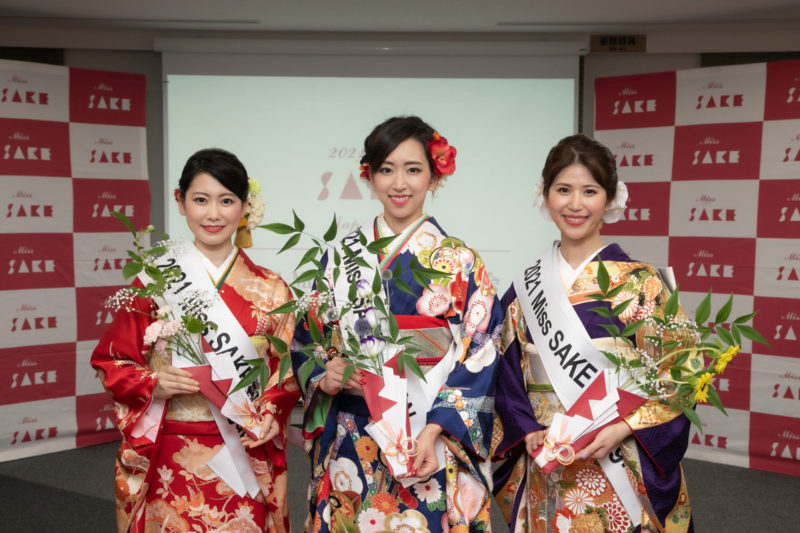
英会話Gaba × Miss SAKE Miss SAKE(ミス日本酒)にご協力を頂いている企業様の中に、以前よりご協力いただいている「英会話のGaba」様がございます。 過去には英語を学びながら、ミス日本酒と日本酒を愉しむ「日本酒女子会 in English」も開催させていただいております...
英会話Gaba × Miss SAKE Miss SAKE(ミス日本酒)にご協力を頂いている企業様の中に、以前よりご協力いただいている「英会話のGaba」様がございます。 過去には英語を学びながら、ミス日本酒と日本酒を愉しむ「日本酒女子会 in English」も開催させていただいております...
The theme for this time was “Classification of Japanese SAKE”
[for English Speakers]
The theme for this time was “Classification of Japanese SAKE”. I learned how to describe specially designated sake.
I described the classification of Japanese sake that I learned today below.
Unit 4.Classification of Japanese SAKE
Japanese sake is largely classified into two styles: pure rice style and alcohol-added style.
Pure rice style sake is made from only rice, water, yeast and Koji. Brewers do not use distilled alcohol for this style sake. In pure rice styles, there are three kinds of sake: Junmai-Daiginjo, Junmai-Ginjo and Junmai. these name differences come from the percentage of rice grain remaining after milling. Junmai-Daiginjo is made from brewing rice which is 50% more polished. Junmai-Ginjo is made from brewing rice which is 40% more polished. Juneau does not have a minimum rice polishing requirement.
Ingredients for alcohol-added style sake are the same as pure rice style but distilled alcohol. In this style, there are Daiginjo, Ginjo, Honjozo and Futsu-shu. The point for distinguishing these kinds of sake are just the same as pure rice style. It depends on the percentage of remaining rice grain after milling. Daiginjo is made with brewing rice polished 50% more, Ginjo is made of brewing rice polished 40% more, Honjozo is made of brewing rice polished 30% more, and Futsu-shu does not have a minimum rice polishing requirement.
Pure rice style has a unique characteristic flavor and you can enjoy the rich taste of rice. On the other hand, alcohol-added style has more clear taste and light flavor.
The more rice is polished, the clearer the taste of sake. It is because polishing the surface of rice grain removes protein and lipid that cause unfavorable taste.
I recommend Daiginjo for women and beginners because it has fruity aroma and fresh taste. These days, there are some kinds of Daiginjo sparkling are, and they taste like champagne. So, I think these kinds of sake will make people take their first step toward Japanese sake.
The theme for the next lesson is “How to Enjoy Japanese SAKE“.
I will work hard to absorb many things in the next lesson.
GABA, thank you very much for this wonderful lesson.
*他のレッスン様子は以下よりご覧いただけます。

英会話Gaba × Miss SAKE Miss SAKE(ミス日本酒)にご協力を頂いている企業様の中に、以前よりご協力いただいている「英会話のGaba」様がございます。 過去には英語を学びながら、ミス日本酒と日本酒を愉しむ「日本酒女子会 in English」も開催させていただいております...
英会話Gaba × Miss SAKE Miss SAKE(ミス日本酒)にご協力を頂いている企業様の中に、以前よりご協力いただいている「英会話のGaba」様がございます。 過去には英語を学びながら、ミス日本酒と日本酒を愉しむ「日本酒女子会 in English」も開催させていただいております...

